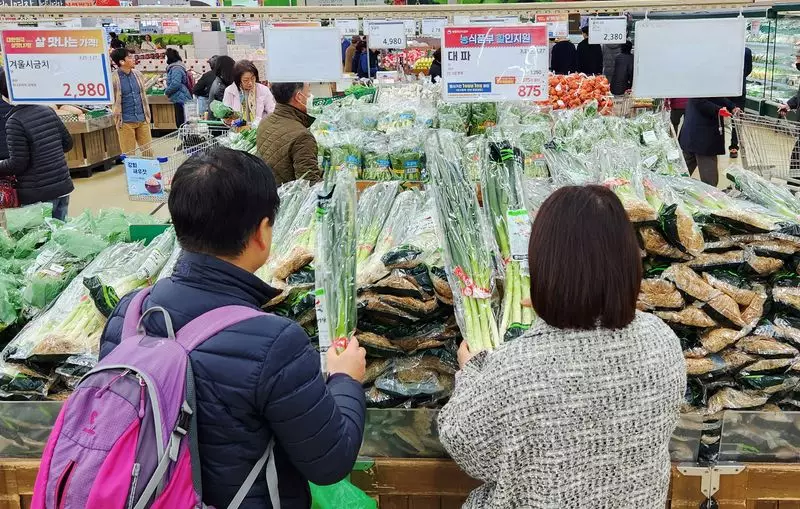The South Korean economy is projected to have rebounded in the latest quarter after a slight contraction earlier in the year. This growth is primarily attributed to a robust expansion in exports, which has mitigated the negative impacts of elevated borrowing costs that have hampered domestic demand. The forecast, based on a recent Reuters poll, indicates a seasonally adjusted growth of approximately 0.5% for the third quarter, providing a glimmer of hope for Asia’s fourth-largest economy after a surprising 0.2% contraction in the April-June period.
Recent metrics reveal that South Korea’s exports have surged by nearly 10% on average this year until September, significantly propelled by heightened semiconductor demand, particularly from the United States. This uptick has been crucial in steering the trade-dependent economy away from a technical recession, which is characterized by consecutive quarters of economic contraction. However, it is essential to recognize that this export growth is not without its pitfalls. In recent months, the pace has decelerated, primarily due to reduced trade activity with significant partners, including China, Japan, and India. This deceleration poses questions about the sustainability of the current growth trajectory.
Domestic Consumption Woes
While exports have demonstrated resilience, domestic consumption remains sluggish. Indicators such as retail sales and construction activity paint a sobering picture of local demand, which has been adversely affected by high borrowing costs and soaring household debt—one of the highest in the developed world. The Bank of Korea (BOK) has responded to these challenges by lowering its policy rate by 25 basis points from a 15-year high of 3.50%. Nevertheless, economic analysts suggest that despite a modest GDP rebound, the BOK is likely to maintain its conservative monetary policy stance for the remainder of the year.
Looking ahead, economists anticipate that South Korea’s economic growth will stabilize around 2.4% this year, a figure that aligns closely with revised forecasts from the central bank. External factors such as a sluggish recovery in China and diminishing demand from the U.S. pose additional hurdles that could hinder the achievable growth rates in the near term. The BOK’s cautious approach to interest rate cuts is indicative of the lingering uncertainties, particularly surrounding the housing market, which has experienced its share of volatility.
South Korea stands at a critical juncture where export-led growth is counterbalancing domestic challenges. As the economy strives to recover, it must navigate the complexities of external trade dynamics, domestic consumption trends, and the overarching impacts of monetary policy. The anticipated growth may provide a foundation for a more robust recovery, but the path ahead is fraught with uncertainty as global economic conditions continue to evolve. Balancing these factors will be essential for sustaining growth and fostering a resilient economic landscape in South Korea.

